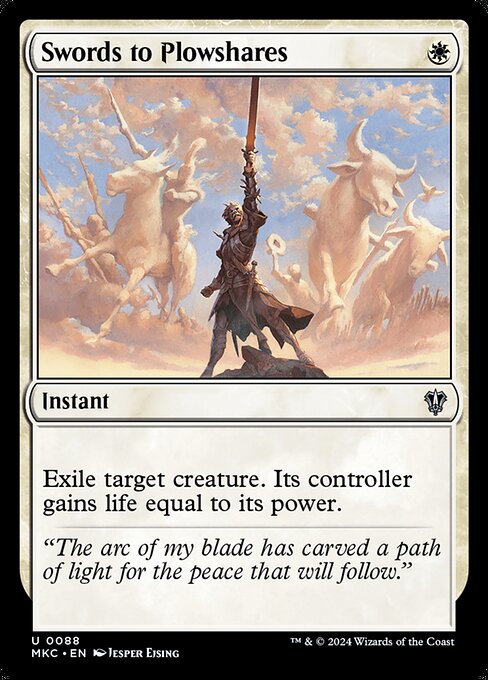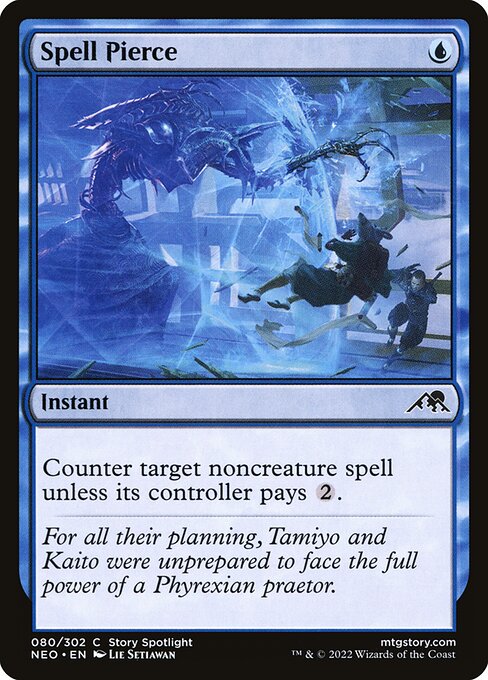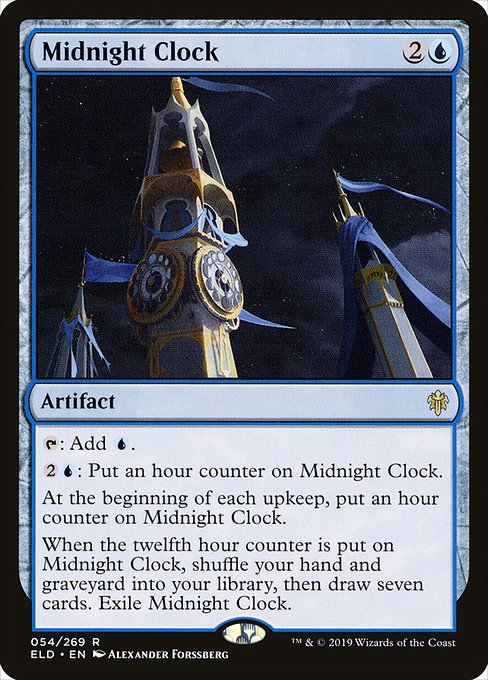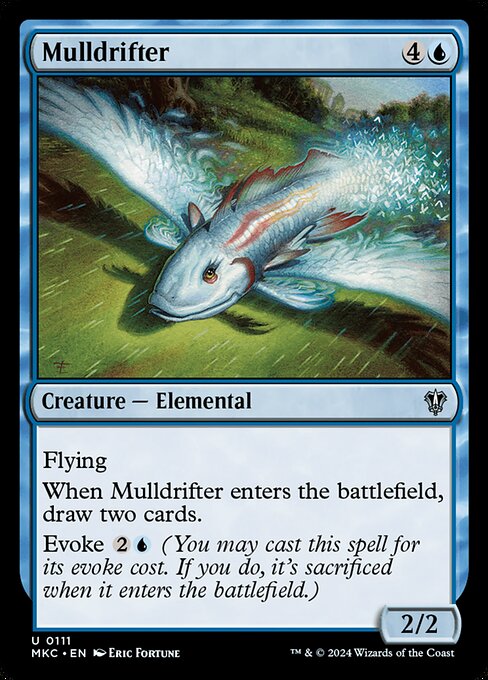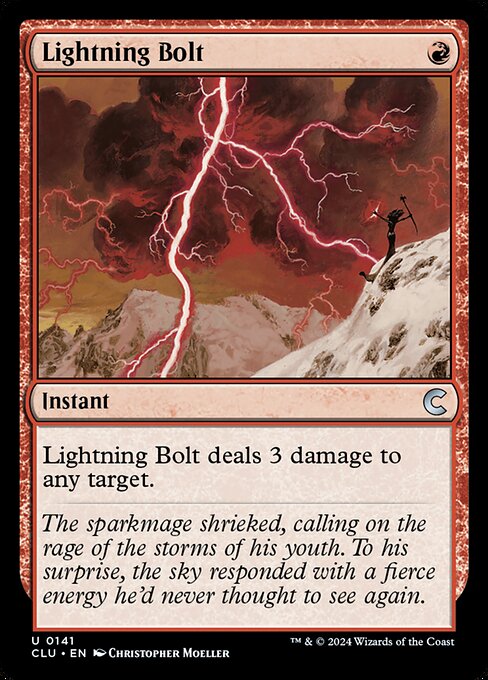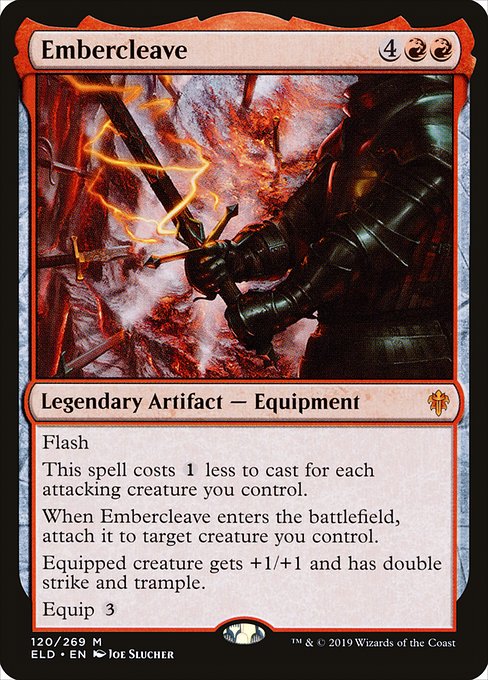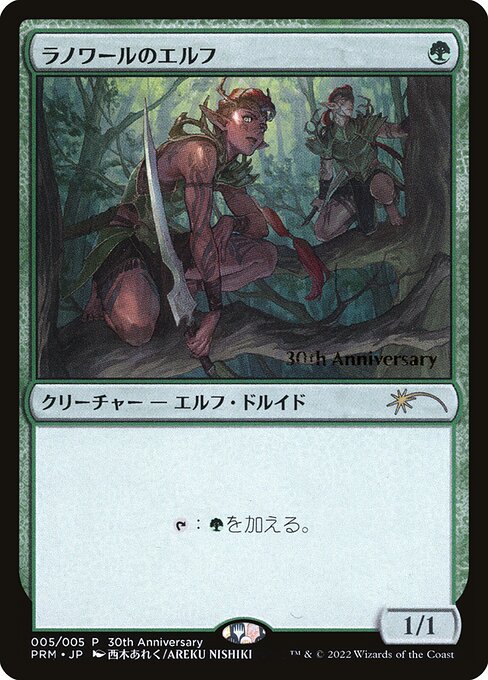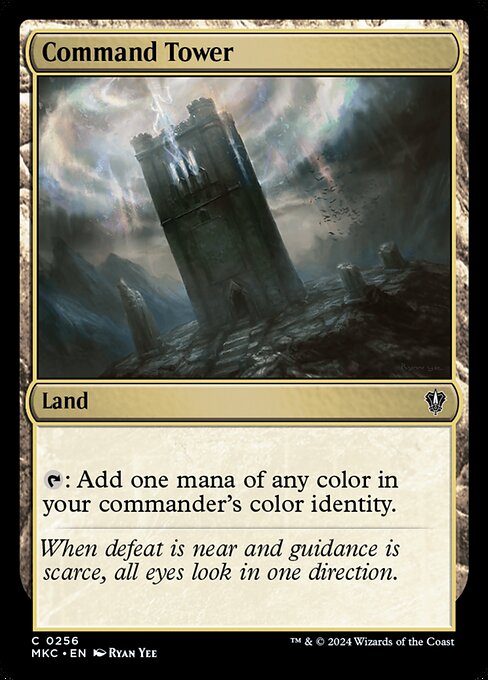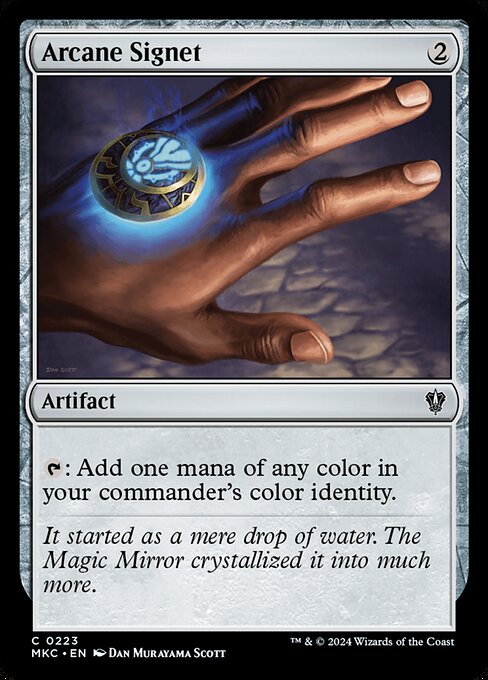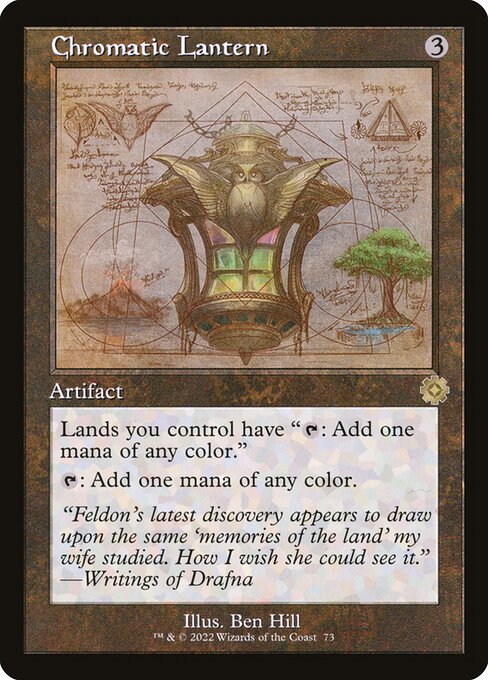Table of Contents
Hello everyone! Most people don’t know, but I actually started my Magic journey playing almost exclusively EDH. I even played in the before times before EDH was even an official format! With that, the format is super nostalgic for me and I’ll try to sneak in as many games as possible when I can. So when I heard that Historic Brawl was going to be 100 cards AND get a permanent queue, I was obviously elated.
However, Historic Brawl has it’s own host of nuances compared to the old 60 card version or EDH, something you’ll have to keep in mind when building a deck. With that, I wanted to help establish the guidelines I use when I construct a deck to help you get started on your next masterpiece.
1. Choose a Powerful Commander
This may seem obvious, but I’ve been seeing a lot of suboptimal Commanders in decks that don’t look like they’re trying to go a more janky route. If you are, absolutely go for it, but having the best Commander for your deck is the very first step to constructing a solid Brawl deck. Remember that your Commander is a FREE card you get access to, so if it’s really powerful your deck will become significantly more powerful.
How do you know if a Commander is powerful? It’s a function of how much of an impact it has when it resolves. For example, if you’re looking to build a Goblins deck (my current favorite deck), you have a few Commander choices. You could pick Krenko, Mob Boss as it is a rather strong card, but if you go with Muxus, Goblin Grandee, you’ll have a significantly stronger deck as Krenko needs a board and a turn to be relevant where Muxus can make a huge board by himself.
Again, if you want to build with a “weaker” Commander, there’s nothing wrong with that, but just make sure you do your due diligence in selecting your Commander once you know what deck you’re looking for.
2. Build Around Your Commander
This seems like another obvious step, but it is a multifaceted idea. First of all, you want to make sure your deck is highly synergistic with your Commander as you will (in theory) have access to your Commander every game. You can build your decks in a super polarized way since you can bank on your Commander being there at some point, so even the inclusion of some suspect cards that work well with your Commander are generally great.
Secondly, you want to keep your deck’s curve in consideration after you selected your Commander. For example, if you have a 3 mana Commander that you ALWAYS want to cast on turn 3, any 3 mana spell you would look to play does get a lot worse since you’ll be predominately playing them off curve. In that scenario, you’d want to play 3 drops that you either don’t mind playing off curve or building your deck in a way that can double spell with them effectively with them later. Let’s look at a deck that looks like an exception to this second rule, but in actuality isn’t.
[sd_deck deck=”y8g1fQGcR”]
So if you look at this build, it may seem weird that my Commander is 2 mana, but I play so many 2 drops, it’s the most densely populated part of the curve! Sure, they work with Kinnan well, but wouldn’t it make more sense to play 3 drops? Well no, because although Kinnan costs 2, I don’t usually cast it on 2. That’s a big part of Brawl deck building that can be a bit weird, just because your Commander has a certain cost doesn’t mean you’re always looking to cast it at that point in the curve.
Generally I’m looking to cast Kinnan on turn 3 after I played a mana producer, so if you reexamine the curve, you’ll see that I followed this principle very closely. You can have exceptions to this rule of course, but it’s generally in your best interest to build your deck around your Commander in both cards and curve.
3. Repetition is Key
This is similar to the previous guideline, but it’s still important to consider. Brawl is a lot different compared to EDH as this is 1v1 compared to what is generally a multiplayer game. In EDH, you generally build your deck with a lot of varied effects so you have a good response to a variety of game states, whether they’re proactive towards your plan or reactive against your opponents.
In Brawl though, you want to make your deck extremely streamlined. If you’re looking to work towards a theme, it’s generally a pretty all or nothing deal. My Kinnan deck would actually be more of an exception to this rule since I not only play Ramp and payoff, but some interaction as well. That may seem weird since it’s not that many pieces of interaction, but that’s how polarized most deck building is. You really want a very large density of the same effect so you have a high chance of drawing it every game, especially if it’s an important element in your deck.
4. Look for the Power Cards in your Colors
Different decks will want different cards, but there are universally powerful cards that functionally every deck should be looking to play if you’re in those colors. It does reduce creativity in the deck building process a tad, but it’s hard to ignore these clearly great cards if your goal is to have a strong blend of fun and powerful.
You don’t always have to play these cards, but you should have a really good reason not to in deck construction (not wanting to is a very good reason). This list will get less accurate the more colors you add to the mix (like 3 or 5 color), but it’s a good reference point to have.
I’ll list the ones I’m always looking out for below.
WHITE
White doesn’t have too many staples as the Color is hard split between more aggressive decks and Control where most cards won’t overlap.
BLUE
Blue is not only the best color, but it’s one of the most cohesive ones which allows you to easily put a lot of these cards in all of your Blue decks.
BLACK
Black has a lot of situationally powerful cards so there’s going to be extremely few you need to put in every deck. That doesn’t mean the Color is bad, but it’s more reliant on synergy than most of the other colors.
RED
Red is somewhat similar to Black where a lot of the cards are situationally powerful and depends on deck context, but it still has its fair share of really powerful options.
GREEN
Green is also pretty streamlined where you mostly want Ramp and good late game cards.
COLORLESS
There’s a solid amount of mana rocks that most decks are looking to play unless your deck’s curve is super low.
5. Get Creative!
Brawl is supposed to be a casual format, treat it like it is! Beyond playing some cards because they’re cool, you should also really expand your expectations on what a good card for your deck is. As I said before, as long as you’re building with your Commander in mind, some cards that look pretty bad can end up being really good. Let’s get an example list in here.
[sd_deck deck=”1C2oROuzH”]
If you use my Goblins deck as an example, I’m playing A LOT of cards that look pretty bad. Sure, I want a high density of Goblins for Muxus, but would I be better served just playing more powerful cards in their place? Surprisingly, no. Since I’m really building towards my Goblins theme, every single Goblin I get to play, no matter how bad they may seem, is actually significantly better than they would look. Plus when you have Goblins that seem to have really niche effects like Goblin Shortcutter, Goblin Tunneler, or Bloodline Pretender, they can actually come in handy especially in conjunction with Goblin Matron!
Furthermore, I’m playing Swarming Goblins in my deck that may seem awful in theory, but they’ve been consistently excellent as I can either cast them the turn before I get to Muxus or even hit them off of Muxus. Try out some really whack cards, they may end up surprising you!
I hope these guidelines help you out when building your next Brawl deck!
Thank you for reading!



